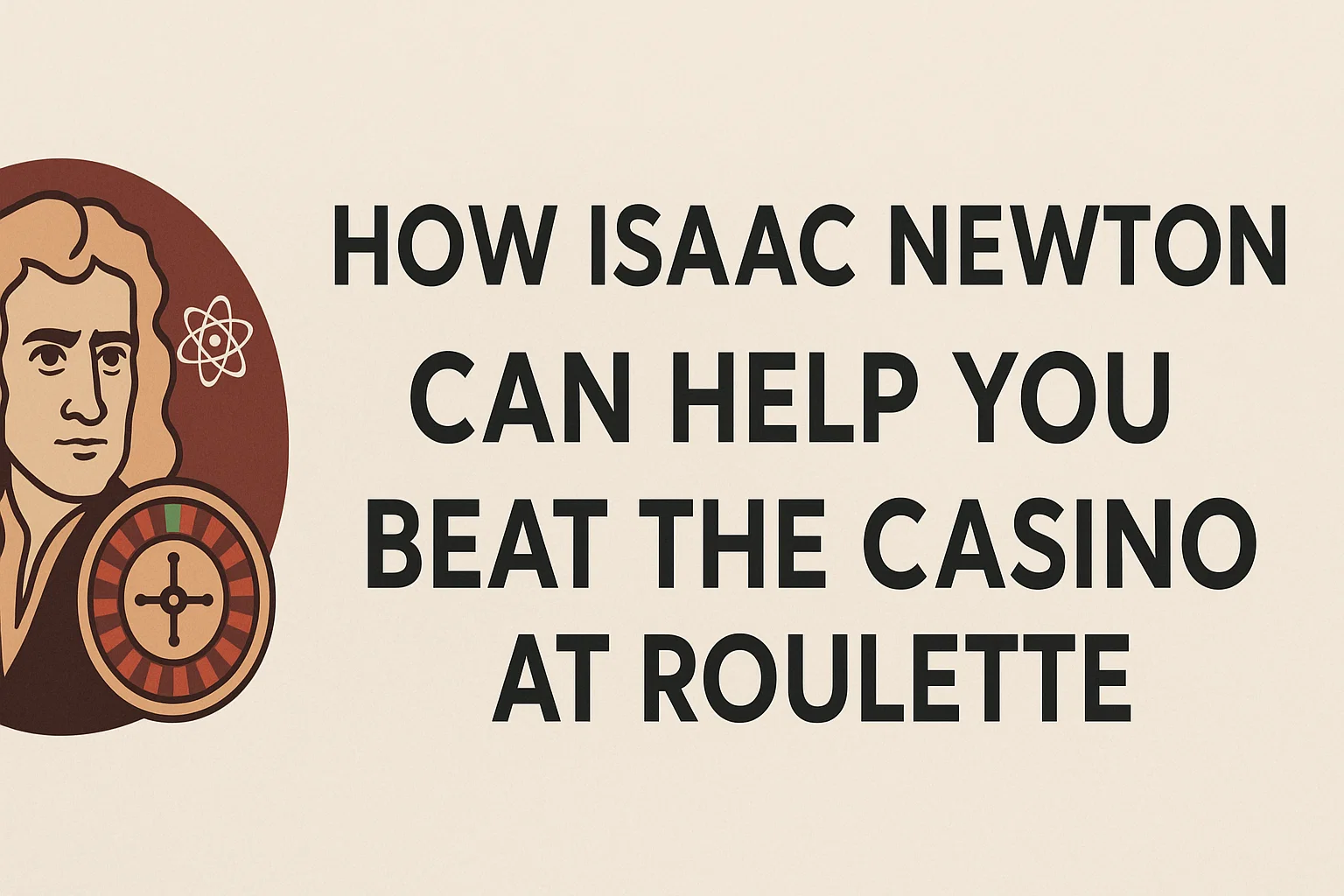
Suppose you have a computer strapped to your chest. Solenoid electromagnets thump on your chest telling you where to place your wager on the roulette table. Then you start getting electric shocks. You run off to the bathroom and do some emergency maintenance in the hopes that no one at the casino sees what is happening.
In the late seventies, graduate student Doyne Farmer and co-researchers did just that – on purpose-built computers that had a method of predicting where a roulette ball would land. The enterprise, explained in the book The Newtonian Casino (published as The Eudaemonic Pie in the States), was, however, a difficult and technologically demanding one. The team never did succeed in discovering a reliable way of achieving it. But thirty years later, is it any closer to being an option?
In the game of roulette at Gambling-Sites.biz, the croupier spins a wheel in one direction whereas the ball is spun in the other direction. The bets are made by the players on where the ball lands by choosing a number, a range of numbers, the red color or black color or the odd numbers or even numbers.
Our understanding of the physics behind the motion of wheel and ball is good – governed by Newton's laws of motion. When the ball slows down, gravity takes effect and falls into a numbered container. At what point in time the ball will fall off the rim is known. But once it does, its trajectory to a numbered box is otherwise. For one, the ball bounces back and forth as it collides with various obstacles.
Every roulette wheel is different. The weather is constantly varying and the wheel itself has randomness-implying factors – such as the width of the frets between the numbers and the diamond-shaped barriers that the ball hits as it falls down onto the wheel. This is what makes it impossible to estimate correctly the number where the ball will fall. But all you have to know is where the ball will drop on the wheel and you can gain a tremendous advantage over the casino – more than 40%. This is a huge flip from the 5.26% advantage US casinos have over bettors – popularly referred to as the house edge. In Europe it is merely 2.7%, as the wheel has only one zero (a US wheel has two zeroes).
Sweaty experiments
- During the first visit of Farmer and his men to the casino, two men had computers.
- One had a computer built into his shoes, the task of feeding data by pressing switches on the toes.
- The computer performed two main tasks.
- They had to adjust one parameter for each wheel before a game, such as the speed of the ball and wheel's deceleration, and the speed of the ball as it fell off the track.
- They also had to determine whether the wheel indicated any tilt.
The second computer, which was connected to another individual, received the radio signals and communicated this data to the player through the solenoid electromagnets that pounded the player's abdomen. There had been a code developed which sent the predicted number, upon which the player wagered and some numbers either direction to account for the randomness. So the casinos would not be able to quickly figure out what they were doing, the team made some minor adjustments to their wagering. For example, not wagering on every number in sequence.
But that never let them gain the 40% advantage that they had witnessed in the lab – largely due to technical problems such as short circuits from sweating, loose wires and misplaced radio signals.
Would it work today?
The main issue in the late seventies and early eighties was that the team would have to build their own computers from scratch, quite literally – they would have to design the computer, buy all the hardware and get started with a soldering iron. Today, the computers come straight off the shelf, as the following video illustrates.
Technology is enhanced. Nowadays, all the processing power that is needed could be fitted into a single unit. You might have a system based on a mobile phone where the camera captures the ball and the wheel and image processing software receives the required data so that the prediction software is able to calculate the final position of the ball.
But there are some challenges still. If there are several involved, what is the optimal way to remain incognito, how do you cooperate as a team and share information? Is the use of free wifi in most casinos an option? Another concern is how best to conceal most effectively that you are trying to use an electronic device to predict where the ball will land, while having to input information and receive the prediction. For this situation, properly connected glasses can be a work-around, used in conjunction with toe-controlled switches.